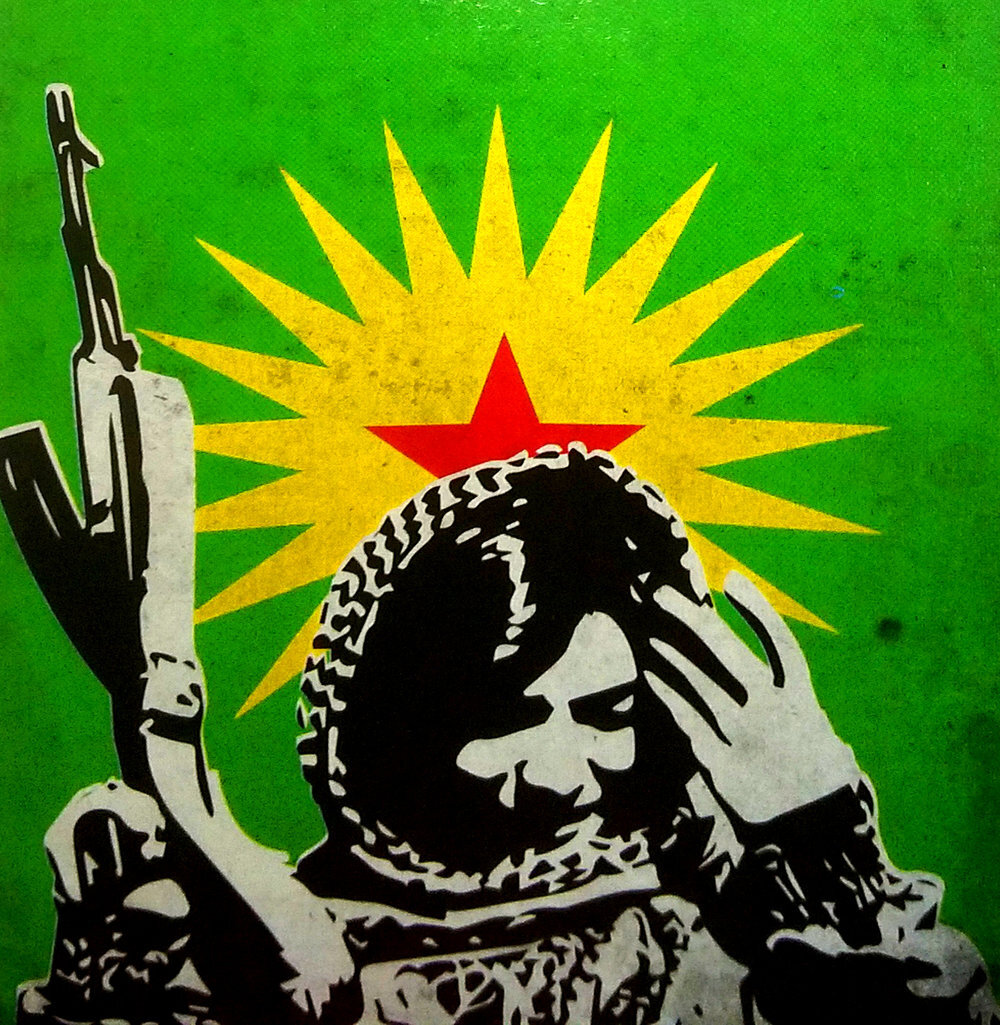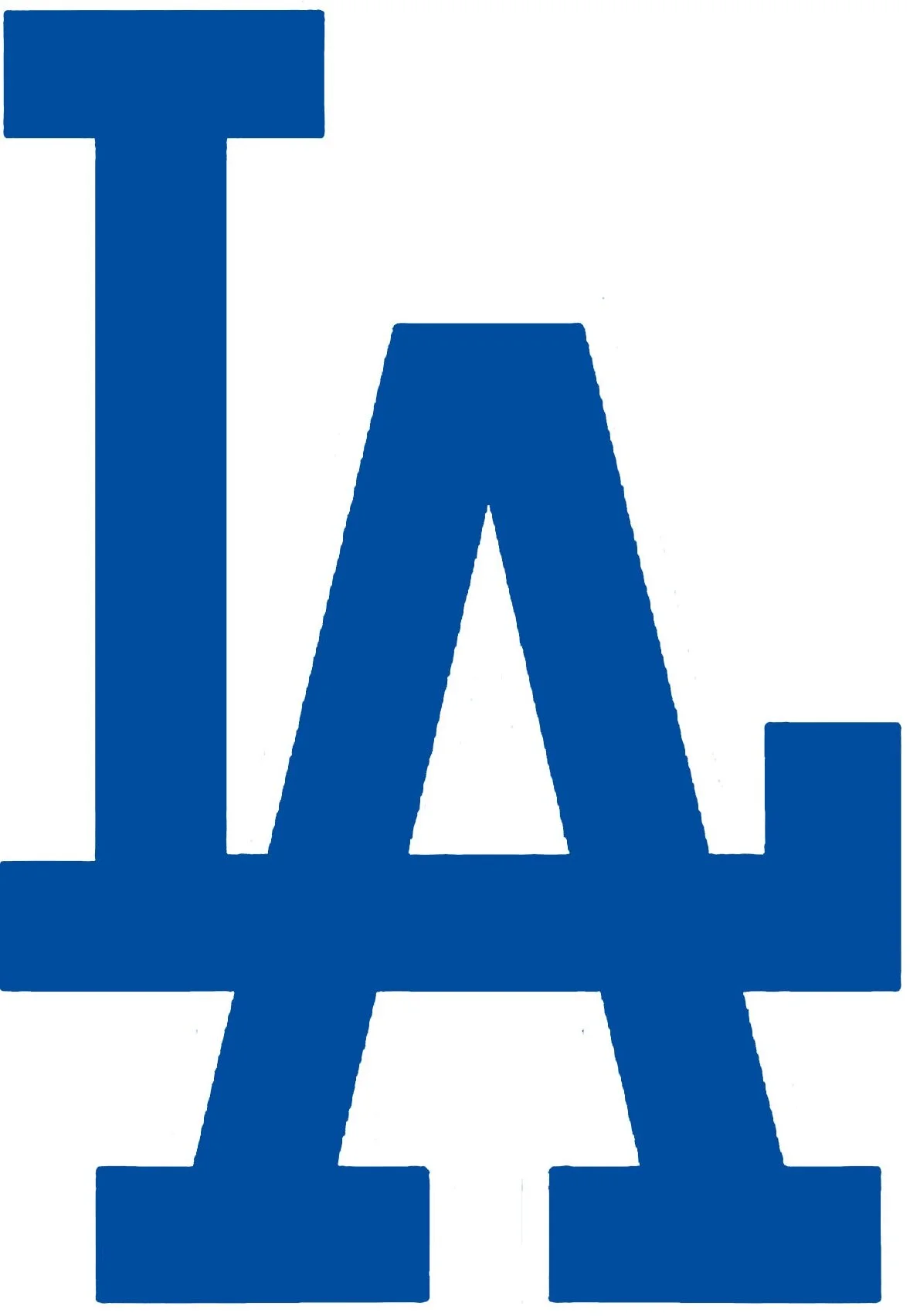The visceral vs. the literal
I found this sticker pasted to an office window at the University of Freiburg. Attraction sprung instant. The revolutionary feel. Designed to prompt a strong reaction. To get branded into the memory. Selfish, I didn’t care enough about the image to try to understand its message, beyond the visceral.
I repeatedly posted the image to my Twitter feed. Welcomed generally, with dozens of comments, after several weeks in the rotation, I received a message from a furious follower in south central Asia. He wanted the image removed. To him, it represented death. War.
Where I saw a Pop revolution, he saw genocide.
Promising to remove the image, I promptly forgot. A week later, his request was apoplectic. I removed the graphic from my rotation. I’m not sure what a third reminder would have looked like — and don’t want to know.
About the power of symbols.
Dodger Stadium
Nothing’s akin. Hollywood plastic, made of gold and Vin Scully. Outfield facades that are TV dinners. Rocketship Nirvana. The impossibility of an architectural straight line. A visitor can attend a game today and know precisely how a fan felt on the day the park opened in 1962.
Chavez Ravine
A grandson in Los Angeles spends every afternoon playing baseball. Until dark. Returning home, after school work, he reads about baseball, watches baseball and attends every game possible. The Los Angeles Dodgers.
During his twelfth birthday party, his father gifted an authentic Dodgers game jersey. The crowd goes wild. Seconds later, the grandfather explodes, leaving everybody wearing cake. He hates the Dodgers. Seeing the logo, fury.
Sixty years before, the grandfather lived in a small farming community bordered on all sides by Los Angeles county. Bordered on all sides by Sinatra and smog, his home felt like the heartland. Bucolic. Primarily working class, Chavez Ravine provided the kind of life that most county residents could not otherwise afforded.
Dodger Stadium now fills Chavez Ravine.
Stolen land
The owner of the Dodgers, Walter O’Malley, stole Chavez Ravine by lying, throwing money at politicians and offering the city something it desperately wanted — a Major League Baseball team.
Then mayor Norris Poulson promised a new community, with better housing, to the residents. Subsidized by a federal government grant, the prospect brought joy. Twisting the promise, the mayor assured the residents that they would only need to vacate their neighborhood temporarily and, when they returned, their new homes would be space-age.
His home lost forever, the grandfather was never able to return to Chavez Ravine.
About the power of symbols.
Hope
A single word was laid carefully below the stark image on the campaign poster for then-Senator Barack Obama. Unmistakable. Ubiquitous.
His charisma. His speeches. His debates. His rallies. Spearheading a movement that nearly half the country saw as a thumb in theie eye, the other half could not have fallen more in love. The poster distilled love and hate into a single lightning strike.
About the power of symbols.
—
Need words? Make contact.
Review portfolio and a list of services



